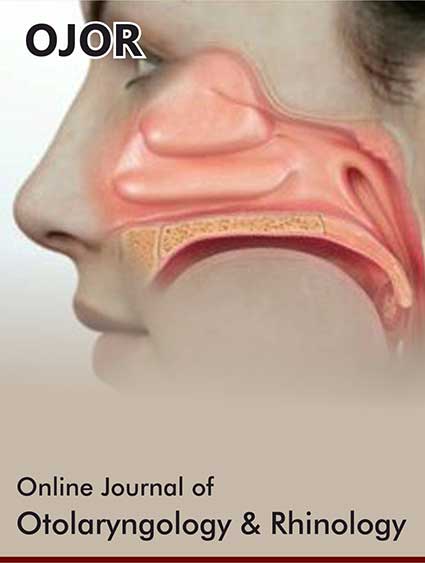 Review Article
Review Article
Intraoperative Finding of Cholesteatoma in Central Tympanic Perforation
María Luisa Navarrete Álvaro*, María Teresa Burgos Ortega, Jose Salazar Clavijo and María Labeaga Sánchez
Otorhinolaryngology and Head & Neck Surgery Department, Vall d’Hebron Universitary Hospital, Barcelona, Spain
María Luisa Navarrete Álvaro, Otorhinolaryngology and Head & Neck Surgery Department, Vall d’Hebron Universitary Hospital, Barcelona, Spain.
Received Date: June 22, 2020; Published Date: July 08, 2020
Abstract
On the other hand, when we talk about the chronic cholesteatomatous otitis media, we refer to the accumulation of desquamative keratinized epithelium, either in the tympanic cavity or in the mastoid bone, which may be secondary to an eardrum perforation but may also occur as a primary lesion [1]. Marginal perforations are considered to be more dangerous because they are usually associated with the development of a cholesteatoma [2]. In this type of perforations, the stratified squamous epithelium of the external auditory canal can grow into the middle ear and form a cholesteatoma [3].
-
María Luisa Navarrete Álvaro, María Teresa Burgos Ortega, Jose Salazar Clavijo. Intraoperative Finding of Cholesteatoma in Central Tympanic Perforation. On J Otolaryngol & Rhinol. 3(1): 2020. OJOR.MS.ID.000551.





